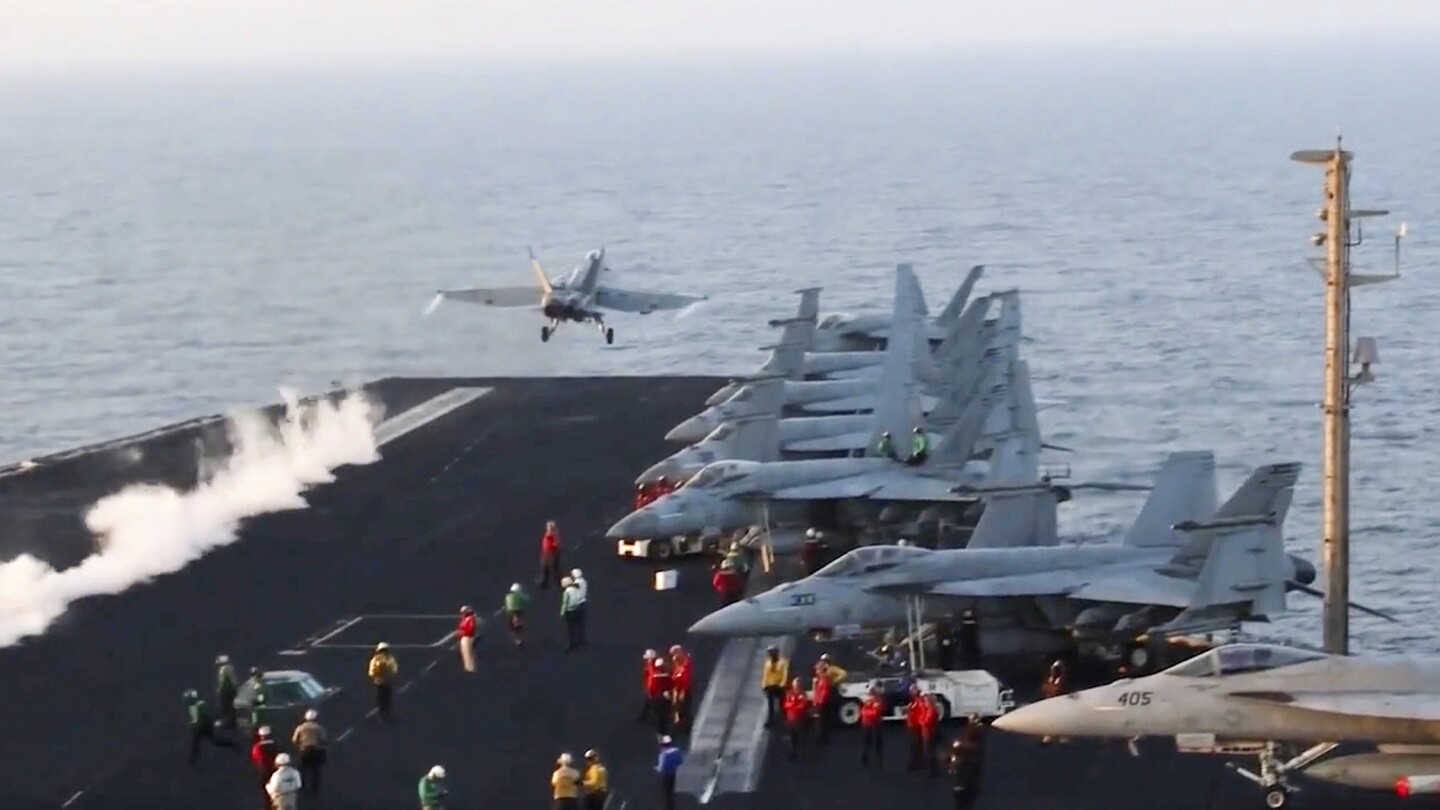President Donald Trump recently announced a series of airstrikes targeting Houthi-held areas in Yemen in an effort to curb the activities of the Iran-backed rebels. Trump emphasized the use of overwhelming lethal force until the Houthi rebels cease their attacks on shipping along a crucial maritime corridor. The airstrikes were aimed at terrorist bases, leaders, and missile defenses to safeguard American shipping, air, and naval assets while also ensuring navigational freedom on global waterways.
The U.S. Navy initiated the aerial attacks, launching aircraft from the USS Harry S. Truman in the Red Sea. Images captured the moments preceding the airstrikes and the aftermath in Sanaa, Yemen, with smoke rising from targeted locations. The strikes reportedly targeted multiple Houthi leaders, with claims of at least 31 casualties, including women and children, according to Yemeni authorities.
The escalation of military action in Yemen comes amidst increasing tensions in the region. President Trump warned Iran to cease its support for the Houthi rebels or face accountability for its actions, emphasizing his commitment to preventing Iran from advancing its nuclear program. The airstrikes were described as a robust response to the Houthi's provocations, aiming to disrupt their operations and leadership structure.
While the U.S. administration viewed the strikes as necessary to protect vital interests and ensure regional stability, Houthi officials vowed to retaliate against the U.S., citing continued support for their cause. The ongoing conflict in Yemen, compounded by geopolitical factors, poses a significant challenge to achieving lasting peace and stability in the region.
The airstrikes on Yemen coincide with broader economic concerns in the U.S. Treasury Secretary Scott Bessent's cautionary remarks about the potential for a recession added to existing uncertainties. The looming threat of trade wars fueled by tariff policies and economic slowdown fears has led to market volatility and apprehension among investors.
As the Federal Reserve's meeting approaches, market observers are closely monitoring signals related to economic growth and inflation. The Fed's decision on interest rates is awaited, with expectations leaning towards maintaining the status quo amidst evolving global trade dynamics and economic challenges. Analysts suggest that recent tariffs and trade policy shifts could impact the Fed's outlook moving forward.
The stock market responded to these developments with declines in futures trading, reflecting investor apprehension over the economic landscape. Major indices like the Dow, S&P 500, and Nasdaq experienced volatility, with concerns about corrections and ongoing market trends. Megacap stocks faced fluctuations, with attention on key economic indicators such as retail sales data and manufacturing reports for insights into the overall economic health.
Moreover, geopolitical events, including discussions between President Trump and Russian President Vladimir Putin concerning the conflict in Ukraine, add another layer of complexity to the global landscape. The interconnectedness of political, economic, and military factors underscores the challenges and uncertainties facing policymakers and investors alike.
In conclusion, the recent military actions in Yemen, coupled with economic uncertainties and geopolitical tensions, highlight the multifaceted nature of global challenges. The need for strategic decision-making, diplomatic engagement, and economic stability remains paramount in navigating an increasingly complex and interconnected world.

